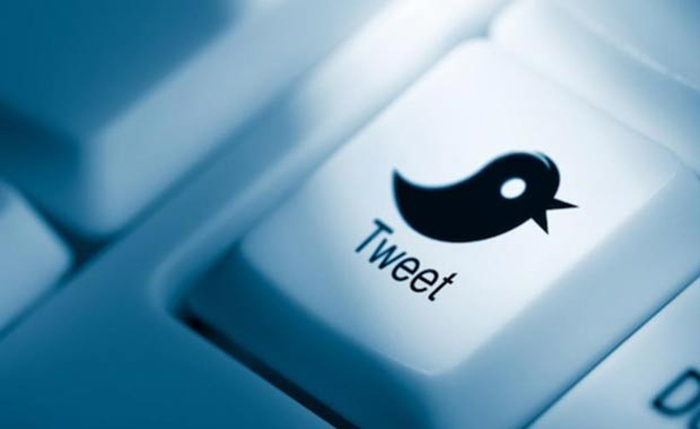Twitter gives consumers a quick – and public – way of communicating with retailers and manufactures when they have an issue. I recently found a BirdsEye product that was not as described, so I took to Twitter to tell the company about their failure.
I took a photograph and Tweeted it to @birdseye. Unfortunately, as @Retailbarcode pointed out to me, that is the Twitter address for the BirdsEye in the USA. Searching for “BirdsEye” on Twitter led me to @BirdsEyeUK, the British company. They are relative newcomers to the world of Twitter and took several days to respond to my Tweet, but they did make contact and asked for me to DM (Direct Message) my contact details.
 I discovered some time ago that to use direct messaging both Twitter users have to be following each other. Once this setback was sorted I provided the information they requested and a member of their customer service team contacted me – first by email, and then by telephone. The issue has been resolved satisfactorily and the power of Twitter has been illustrated to me once more.
I discovered some time ago that to use direct messaging both Twitter users have to be following each other. Once this setback was sorted I provided the information they requested and a member of their customer service team contacted me – first by email, and then by telephone. The issue has been resolved satisfactorily and the power of Twitter has been illustrated to me once more.
As John Stanley said at the Local Shop Summit, social media has to be taken seriously by business. Failing to stay aware of what is being said about you in that arena can be damaging. In this example one of my followers was quick to point out to me that I had addressed my problem to the wrong company and BirdsEye in the USA who are more experienced with Twitter responded much quicker than their UK namesake.
The key lesson that I take from this is that while speed of response is important the final outcome and how that is reached is even more important.



Comments
This article doesn't have any comments yet, be the first!